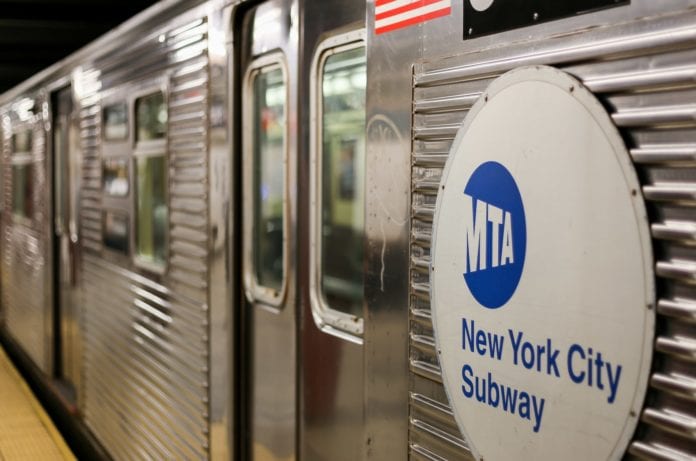Melinda White joined Transit Wireless as chief executive officer in May 2018. The company, which serves as the network provider for New York City’s Metropolitan Transportation Authority. MTA operates in a 5,000-square-mile area in New York City, Long Island, southeaster New York state and Connecticut.
Prior to taking her current position, White held various positions with Frontier Communications, Cox Communications, Cellular One and Wink Communications. She told RCR Wireless News that Transit Wireless’ first priority is “to make sure that we are taking care of the partners that are currently in our portfolio. That includes all the MNOs as well as our New York City transit partner. I know it’s important that we continue to monetize the investment that we’ve made…things like supporting the services and applications our customer MTA needs; that our network is performing such that the mobile carriers can continue to upgrade and add performance.”
White stressed the need to take a long-term strategic look at network investments, particularly the fiber backbone that the Transit Wireless cellular and Wi-Fi networks that serves daily subway ridership of well more than 5 million people. She said the company uses 864-count fiber–“not a count that lasts forever but it’ll certainly get you down the road a long ways”–and operates five data centers. “You must include in your build strategy what’s coming around the bend. It’s also about your strategy along the edge…where you might lateral to another facility, a pole, something that’s aligned with what your carrier customers are requesting.”
Australia’s BAI Communications is the parent company for Transit Wireless, and also operates similar transit network systems in Toronto and Hong Kong, as well as providing a massive transmission network in Australia.
White also provided context on how the free Wi-Fi network Transit Wireless provides riders fits into the larger concept of building a smart city. Accessible connectivity “is one of the step one pieces of creating a smart city,” she said. “It begins with the network, it goes to access to the network, it goes to what people are getting from that network. Discussing how smart cities result from broad partnerships between pulibc and private entities, White said, “It’s not a one-infrastructure play; it’s a multi-infrastructure opportunity.”
Asked what advice she would give to city authorities looking to deploy a similar network, she said it starts with focusing on what the transit authority wants to achieve and developing strong partnerships with all stakeholders, including mobile carriers. “Understand what your partner needs, understand what the transit authority is trying to achieve and ensure your design and build is future proof.”

